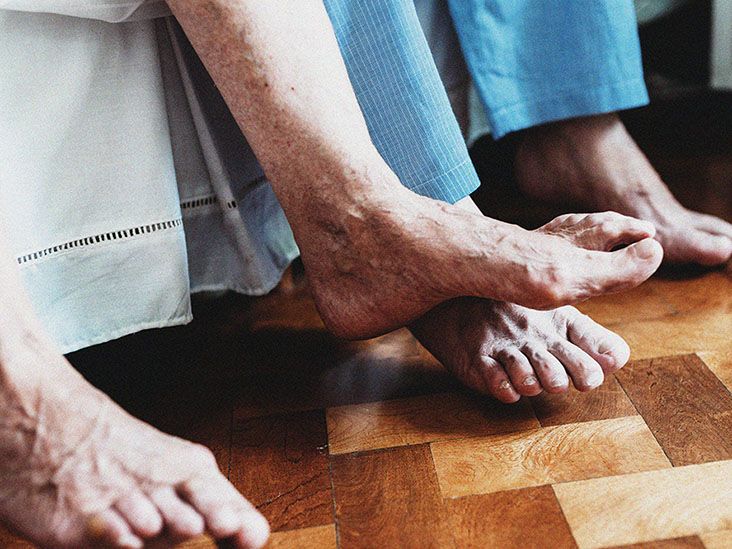Make These Hand-Pulled Noodles for a Lucky Birthday


Kristina Cho’s longevity noodles are a great (and fortuitous) party food and party activity
For cookbook author Kristina Cho, noodles — especially the Chinese versions she grew up with — are like poetry. “Something about the name, the shape, the look of it, is supposed to symbolize a well wish that you want,” Cho says, referring specifically to the longevity noodles she makes for Lunar New Year. “The noodles are supposed to give you a long and happy life. You’re not supposed to chew the noodle or break it, but slurp it,” she adds.
Although Cho didn’t grow up having longevity noodles on her birthday, the sentiment makes them a great option for a birthday party. Plus, the act of making the noodles — kneading the dough and stretching the strands — is a way to liven a party and form a bond with guests. “I actually made this recipe on the Today Show with Carson Daly,” Cho says. “He and I pulled the noodles together so now I feel like we’re tied together in life forever.”
There are a couple things to keep in mind when making noodles from scratch. For Cho, one of the most important is to use a digital scale — or at the very least, aerate and fluff your flour before scooping it if you’re relying solely on measuring cups. “A lot of times when people are making dough, whether it’s for baking or noodles, your flour is sitting in your cabinet for so long and getting more and more packed down,” she explains. “You’re going to be adding too much flour.”
Another tip calls for a little bit of intuition. “I find that when you’re making dough for bread, dumpling skins, and especially noodles, where there’s gluten involved, your dough will tell you when it’s reached its limit and needs a break,” Cho says. The dough may feel stiff and tight; if it does, Cho advises letting it rest for 20 minutes or so before trying again. “It’s going to do wonders, because you’re exercising and strengthening the gluten and [the noodles] will be able to stretch out even longer,” she says.
These particular noodles call for a little bit of technique, as there will be twisting and coiling, but everything can be done by hand. And if you can assemble a crew of partygoers, the process will be even more entertaining. “You want someone to grab the other end and help you stretch it out while other people make the sauce, or prep the vegetables, or boil the noodles,” Cho says. “There’s a sense of showmanship that I think is really fun, especially during a birthday celebration.”
Hand-Pulled Longevity Noodles with Sesame Chile Sauce Recipe
Ingredients:
Dough:
3 cups (375 grams) bread flour
½ teaspoon coarse salt
1 cup (227 grams) warm water (about 110 degrees)
2 tablespoons canola oil, for coating
Sauce:
¼ cup sesame paste (or tahini)
1 tablespoon chile oil
1 tablespoon soy sauce
1 tablespoon rice vinegar
1 tablespoon sesame oil
1 teaspoon sugar
⅓ to ½ cup water
For serving:
Thinly sliced cucumber
Thinly sliced radish
Chopped cilantro
Instructions:
Step 1: Knead the dough: In a large bowl, mix to combine bread flour and salt. Make a well in the center and add warm water. Mix with a flexible spatula to form a shaggy dough. Start kneading by hand in the bowl until all the dry bits of dough have been incorporated in the dough ball. Transfer to your counter and continue kneading by hand until you have a mostly smooth dough ball, about 8 minutes. Really focus on firmly kneading the dough by stretching and almost tearing it apart against the counter; after a few minutes the dough will strengthen and it won’t want to tear as much. Cover the dough ball with a damp kitchen towel or place a bowl over it. Allow the dough to rest for 15 minutes.
Step 2: Knead the dough a second time: Roll out the dough into a 30-inch rope. Fold the dough in half and twist either end around each other (like the stripes of a candy cane). Knead the dough until the two ends of dough become one again, while maintaining the direction of the rope, then roll the dough out into a 30-inch rope and repeat the twisting and roll process about 8 more times. This process strengthens the direction of the gluten formations. Roll the dough out in a 16-inch rope one last time and then cut into 4 equal pieces. Cover the dough pieces with a damp kitchen towel and allow to rest for 15 minutes.
Step 3: Drizzle oil over a rimmed sheet pan. Roll out each piece of dough into 30-inch (or longer if you can) ropes. Grease your hands with oil and roll up the dough into a coil on the sheet pan. Make sure to not roll up the coil too tight and that the surface of the dough, especially in between the coils, is well covered in oil to prevent sticking. Repeat with remaining dough and rub a little oil over top of the dough. Cover with plastic wrap and allow the dough to rest at room temperature for at least 2 hours. The longer you let the dough rest, the stretchier it will be. You can rest the dough in the fridge for up to 24 hours, just take it out 30 minutes before cooking to get the chill off.
Step 4: If serving family style, in a large bowl or platter, whisk to combine sesame paste, chile oil, soy sauce, rice vinegar, and sesame oil. While whisking, slowly drizzle in water until the mixture is loose and creamy. The amount of water needed really depends on the sesame paste so you might not need the whole ½ cup of water. If serving individual bowls, whisk everything together in a glass measuring pitcher and divide the sauce into 4 bowls.
Step 5: Bring a large pot of water to a boil. Working with one coil of dough at a time, grab the end of the dough and stretch a section to double or even almost triple its length. Pay attention to how the dough feels and stop stretching when you feel like the dough is at its limit. Lower the stretched portion of dough into the water. Continue this stretching process until the whole noodle is in the water. Boil the noodles for 1 minute and then transfer directly to the chile sesame sauce. Repeat with remaining noodles.
Step 6: Toss the noodles until fully coated and garnish with sesame seeds, cucumber, radish, and cilantro. Serve immediately while the sauce is beautiful and glossy.
Jutharat ‘Poupay’ Pinyodoonyachet is a New York-based photographer.
Drew Aichele is a food stylist and master baker based in New York City.












































































































































































